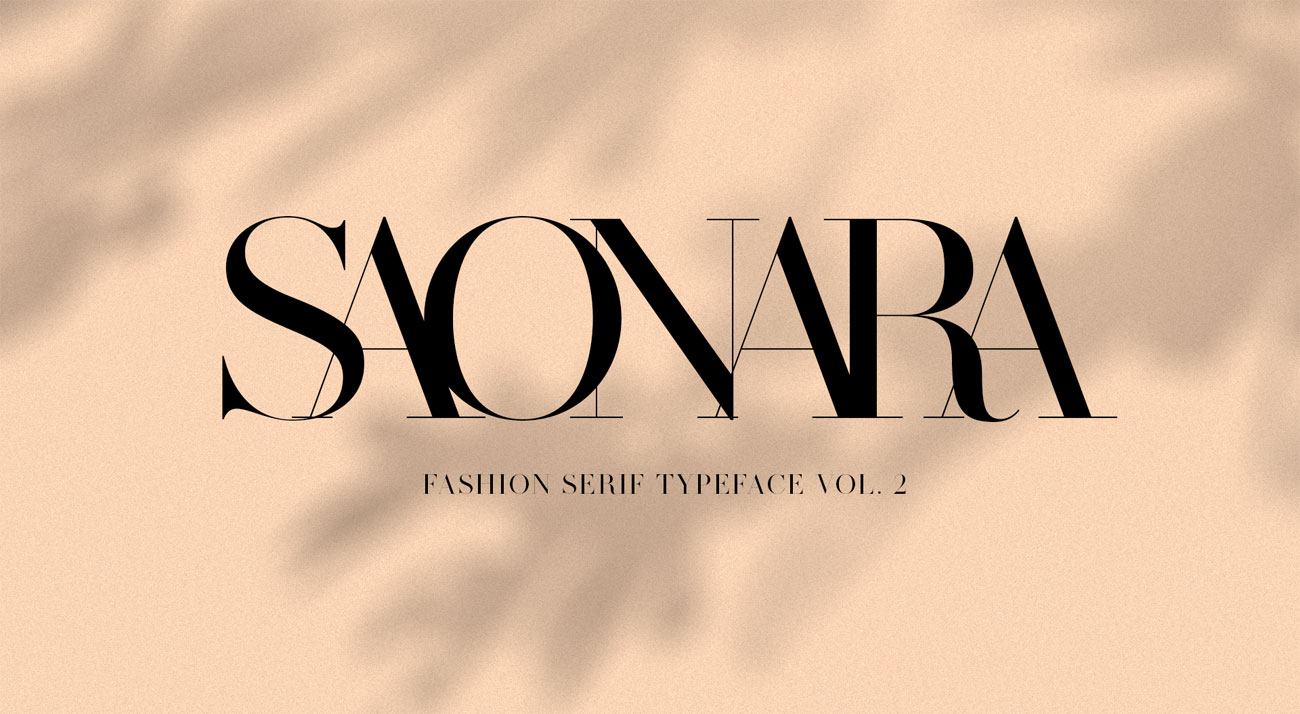

Modern - Decorative with unusual flourishes.Examples of these include Sabon, Garamond and Bembo. Old style - Seen to be traditional and serious.Transitional - These are the most widely used typefaces and include Times New Roman, Baskerville and Cambria.The four main classifications are as follows: These are determined by a number of different characteristics of the typeface including the contrast between the stroke weight contained within each letter. Generally, serif typefaces can be separated into the different groups. However, in modern typography the use of sans serif typefaces are more varied. Traditionally sans serif typeface were developed for use in headings and titles, as they typically appear more simplified and bold than a serif typeface. The best way to remember the difference between a serif and a sans serif typeface is through the translation of the French 'sans' meaning 'without'. If there are no small apertures present then the font must use a sans serif typeface. However, serifs that are used in the body of the text are often of the small variety such as in books and magazines. In a sense, serifs are reminiscent of handwriting, which help our brains process the words faster.Ī serif can come in a number of different forms, from the small delicate flick to more elegant flourishes used for a more decorative purpose. In it's simplest form, serifs act as lines that help your eye move from one letter to another. The function of these lines is to facilitate the reader in digesting large amounts of content on a page. Serifs are the small apertures, which extend from the end of a character. Each of these has a number of different uses and purposes, but their biggest difference can easily be explained: What is a serif?

When choosing how you will style your font there are two main categories, which can be used: serif and sans serif. For example, if the typeface used in a document is Arial, the font that is used will be Arial Regular, Arial Bold or Arial Italic. The difference between a font and a typeface is often confused, but essentially a font is what describes a set of characters together and a typeface is the family of coordinating designs and weights that are used. A font is simply a set of characters that are styled using typefaces.


 0 kommentar(er)
0 kommentar(er)
